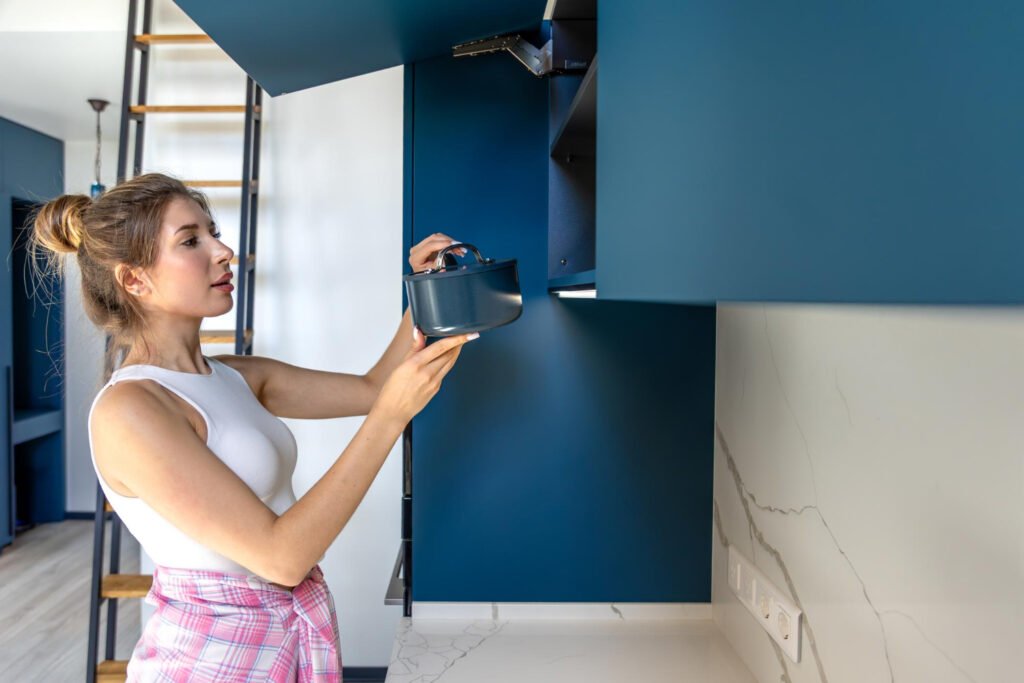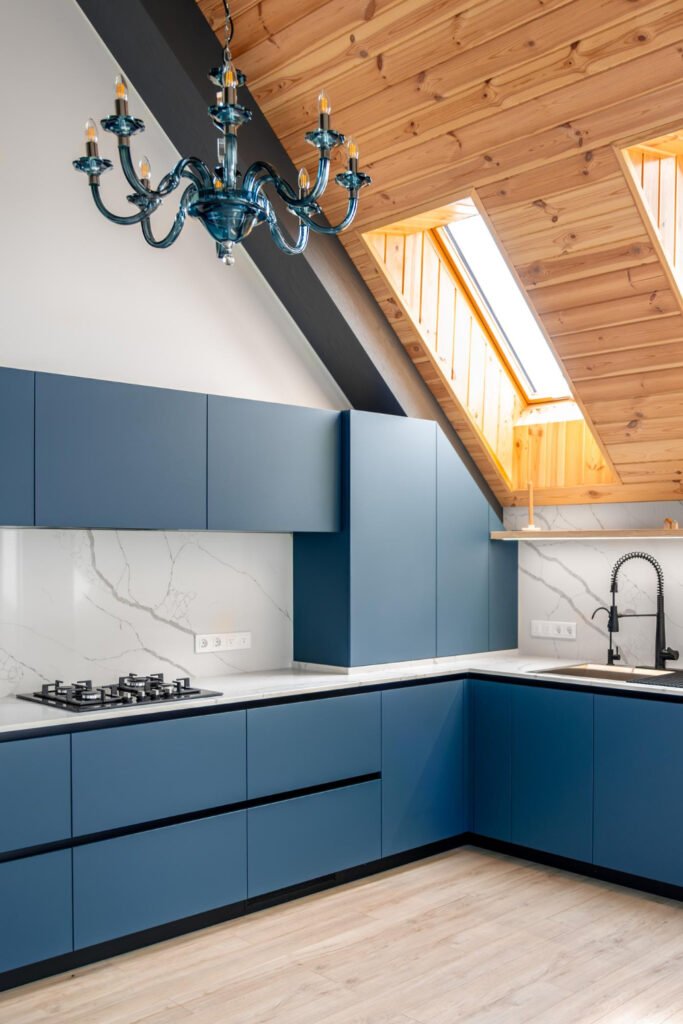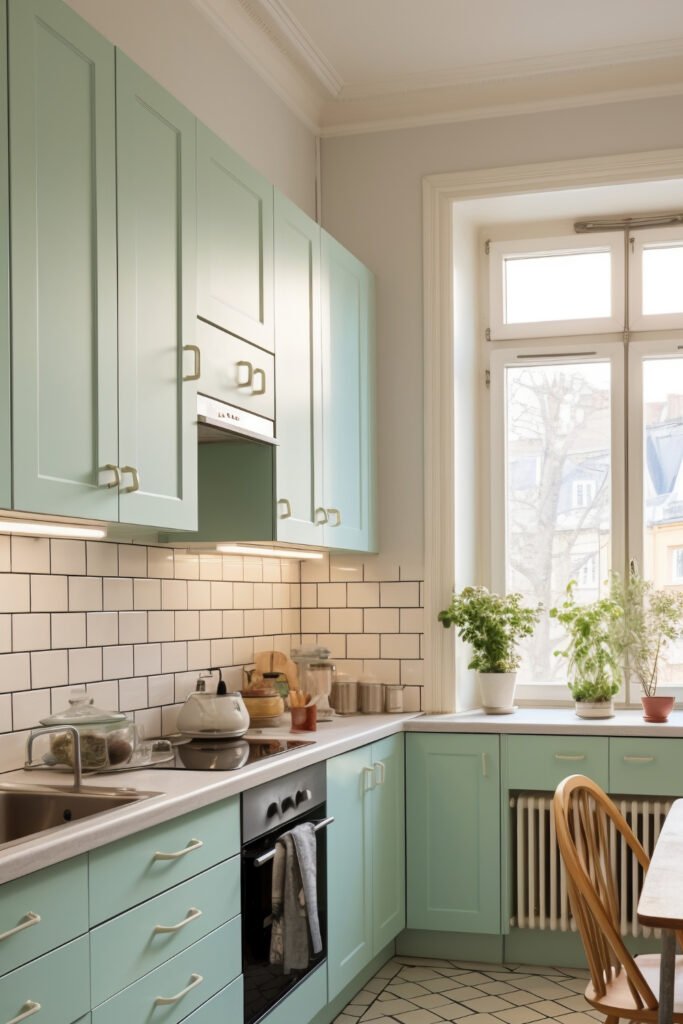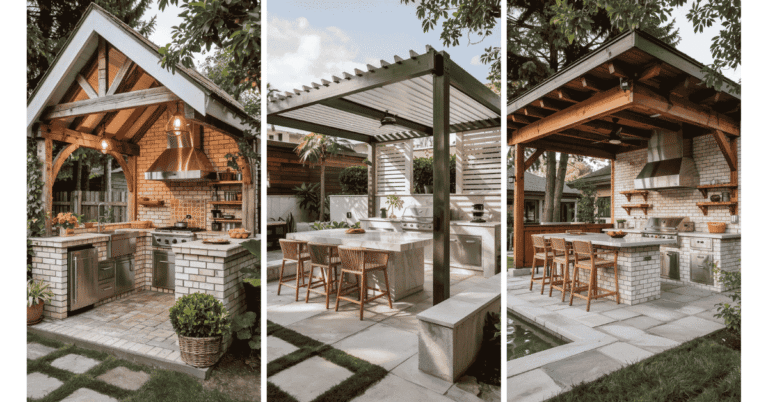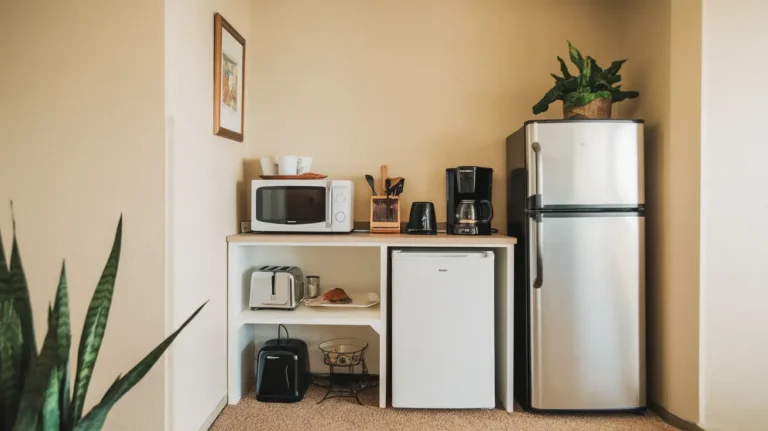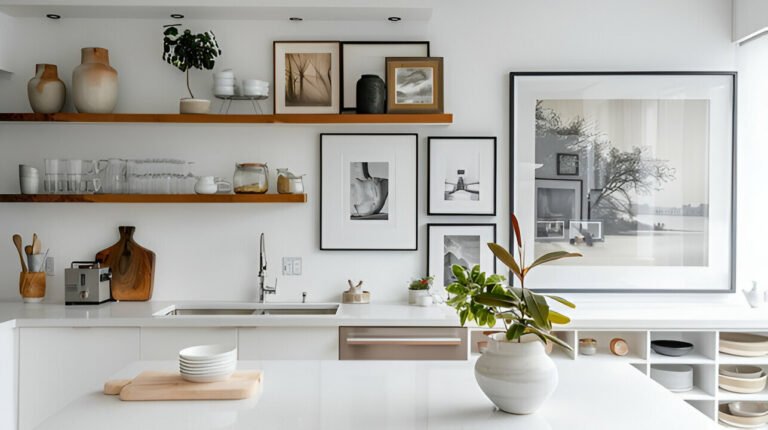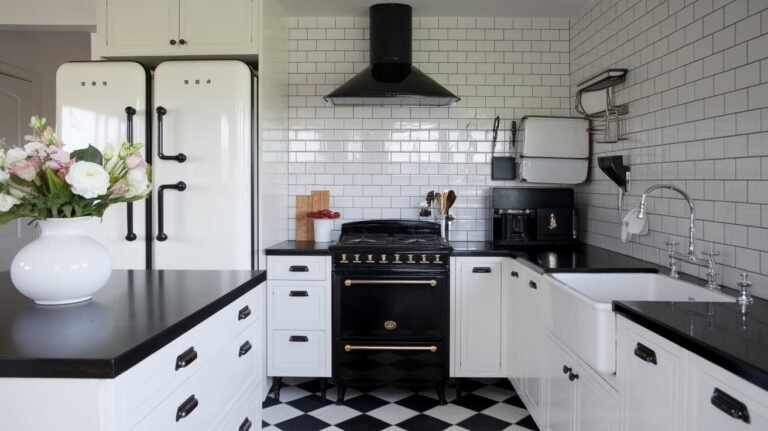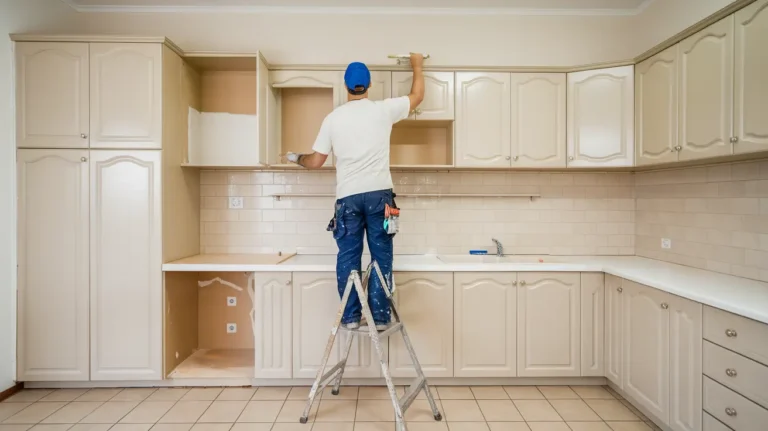How Long Does It Take to Paint Kitchen Cabinets A Complete Time Breakdown and Tips
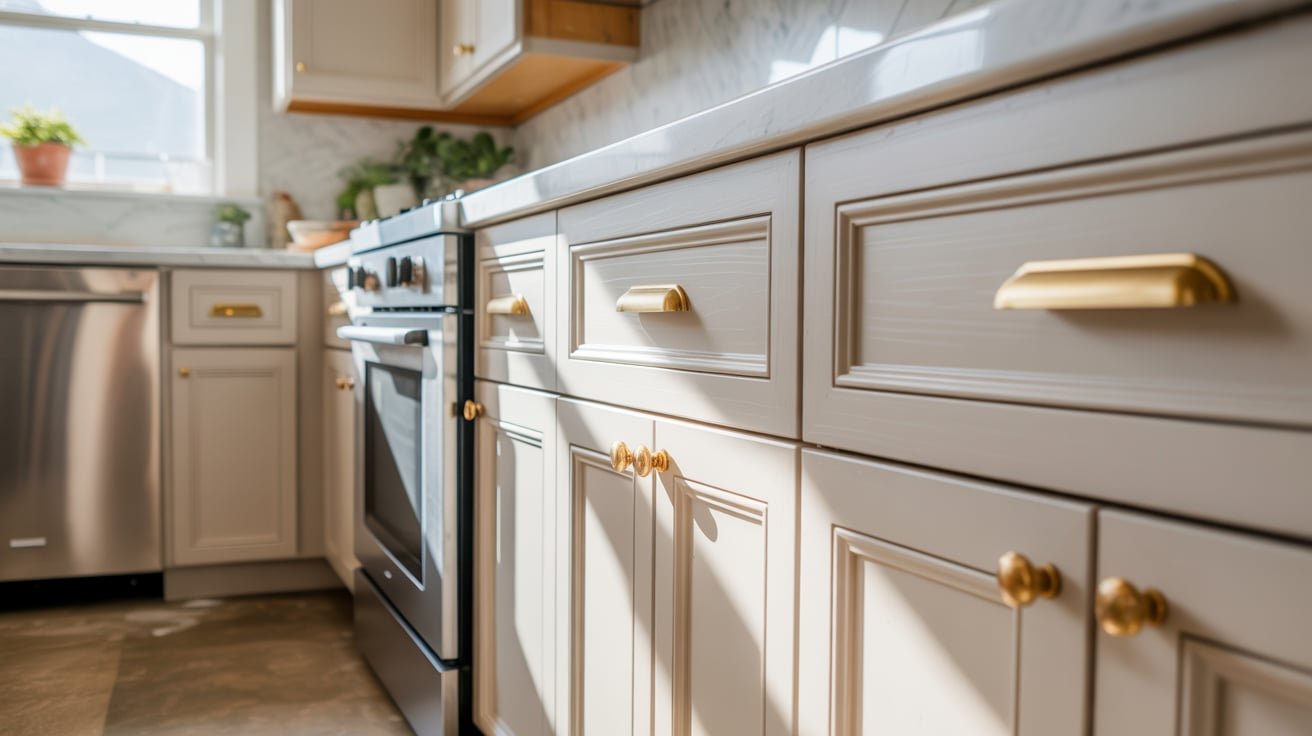
Painting kitchen cabinets is a popular way to refresh a kitchen without a full renovation. The time it takes depends largely on the size of the kitchen, the number of cabinets, and whether the job is done by a professional or a DIYer. On average, the process can take anywhere from three to ten days.
Smaller kitchens with fewer cabinets usually take three to five days, while larger kitchens with more than 20 cabinets can take up to ten days. Preparation steps like cleaning, sanding, and priming add to the timeline, and drying time between coats is essential to get a smooth, durable finish.
Understanding the timeline helps homeowners plan better and avoid rushing the project. Both patience and proper technique are key to achieving the best results.
Time Required to Paint Kitchen Cabinets
Painting kitchen cabinets involves several steps, including preparation, painting, and drying. The total time needed varies depending on the project size, method, and skill level. Understanding these factors can help set realistic expectations for the timeframe.
Typical Duration for DIY Projects
For a DIY kitchen cabinet painting project, the process usually takes between 5 and 10 days. This time includes removing hardware, sanding, cleaning, priming, painting multiple coats, and allowing for drying time between each step.
Preparation is often the most time-consuming part, sometimes taking up to half of the total project time. Drying and curing can add extra days, especially if multiple paint layers are needed. Patience is important to achieve a durable and smooth finish.
DIY painters should also factor in their experience level. Less experienced individuals may take longer due to additional care and rework.
Professional vs. DIY Timelines
A professional painter typically completes the job faster than a DIYer. Pros often take 1 to 3 weeks overall, depending on kitchen size and detail. Even though they work faster, professional preparation and quality control can add time.
Professionals have experience with efficient sanding, spraying, and curing techniques. They also have access to special tools and quick-drying paints that speed up the process without sacrificing finish quality.
While DIY projects might finish sooner in very small kitchens, hiring a professional is usually better for larger kitchens, complex cabinet styles, or stronger finishes needed.
Breakdown by Cabinet Size and Layout
The number and style of cabinets directly affect the painting time. Small kitchens with about 10 to 15 cabinets usually take 3 to 5 days to paint. Larger kitchens with 20 or more cabinets can require 7 to 10 days or more.
Cabinet design matters. Flat panels take less time to prep and paint than raised or intricate panels, which require more sanding and careful brushwork. The kitchen layout also plays a role; tight spaces can slow down the process by limiting workspace.
| Kitchen Size | Number of Cabinets | Estimated Time | Notes |
|---|---|---|---|
| Small | 10-15 | 3-5 days | Faster prep and drying |
| Medium/Large | 20+ | 7-10 days | More coats and curing needed |
| Complex Design | Varies | Extra 1-2 days | More detailed sanding & paint |
These differences show why knowing the kitchen’s size and style helps predict how long the project will take.
Key Stages of the Cabinet Painting Process
The process of painting kitchen cabinets involves several key stages that must be completed carefully to ensure a smooth, durable finish. Each step requires specific attention to timing and materials to avoid mistakes and maintain quality throughout the project.
Preparation and Cleaning
Preparation is the foundation of a successful cabinet painting job. The cabinets must be thoroughly cleaned to remove grease, dirt, and grime that can prevent paint from adhering properly. This step often includes wiping surfaces with a degreaser or a mixture of soap and water.
After cleaning, all hardware like knobs and hinges should be removed or masked off. Sanding the cabinet surfaces lightly creates a rough texture that helps the primer and paint stick better. Any holes or dents need filling with wood putty or a similar material, followed by gentle sanding once dry.
Priming and Drying Times
Priming is essential for sealing the surface and enhancing the paint’s adhesion. A quality primer chosen for the cabinet material should be applied evenly, usually requiring 1–2 hours.
Drying time for primer varies but typically needs several hours or up to a full day before the next step. Proper drying prevents issues like bubbling or peeling. Some types of primer suggest waiting at least 24 hours to ensure full curing, which strengthens the bond between paint and surface.
Painting and Finishing Coats
Painting usually involves applying two or more coats for full coverage. The first coat sets the base color, usually taking 2–4 hours to apply depending on the size of the kitchen.
Each coat must dry fully, often requiring 4–6 hours minimum, but waiting longer ensures a better finish. After the last coat, waiting at least 72 hours before using the cabinets is recommended. This time allows the paint to cure completely and resist chipping or scratching.
A good finish may also include light sanding between coats and clear protective topcoats for durability, especially in kitchens with heavy use.
Factors That Influence Painting Duration
Several key details can change how long it takes to paint kitchen cabinets. These include the materials used and the current state of the cabinets. Both affect how much prep, drying, and finishing time is needed.
Type of Paint and Finish
The type of paint has a big impact on the overall time. Oil-based paints usually take longer to dry but provide a smoother, harder finish. They often require multiple coats and longer waiting periods between each coat.
Latex paints dry faster, cutting down total project time. However, they may need extra coats to achieve the same coverage and durability.
The finish chosen also matters. Glossy finishes highlight imperfections, so cabinets need more prep to smooth surfaces. Matte or satin finishes are more forgiving and usually speed up the process.
Drying times per coat can range from 1 hour (for some latex paints) to 24 hours (for oil-based). This influences how quickly one can move on to sanding or adding another coat.
Existing Cabinet Condition
The condition of cabinets before painting affects the work needed. Cabinets with old paint, dirt, or damage take longer to prep. They often require thorough cleaning, sanding, and possibly repairs.
If cabinets have peeling paint or stains, these must be removed or sealed before applying new paint. This step slows down the process but ensures better results.
Newer cabinets in good condition need less prep work, reducing total time. On the other hand, rough or complex cabinet surfaces, like raised panels, add extra sanding and attention.
Properly addressing these factors can add several days to the project, especially during prep and drying stages.

